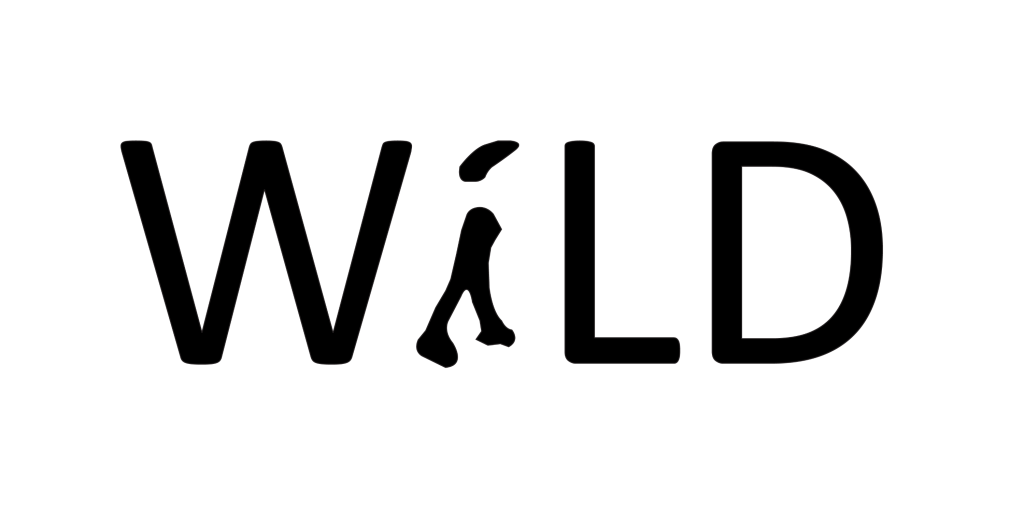Cauto River
Palma Soriano, Cuba
Wastewater Treatment Design:
Assessment of the Cultural & Ecological Conditions
How cultural identity can be a social trigger to address enviromental degradation
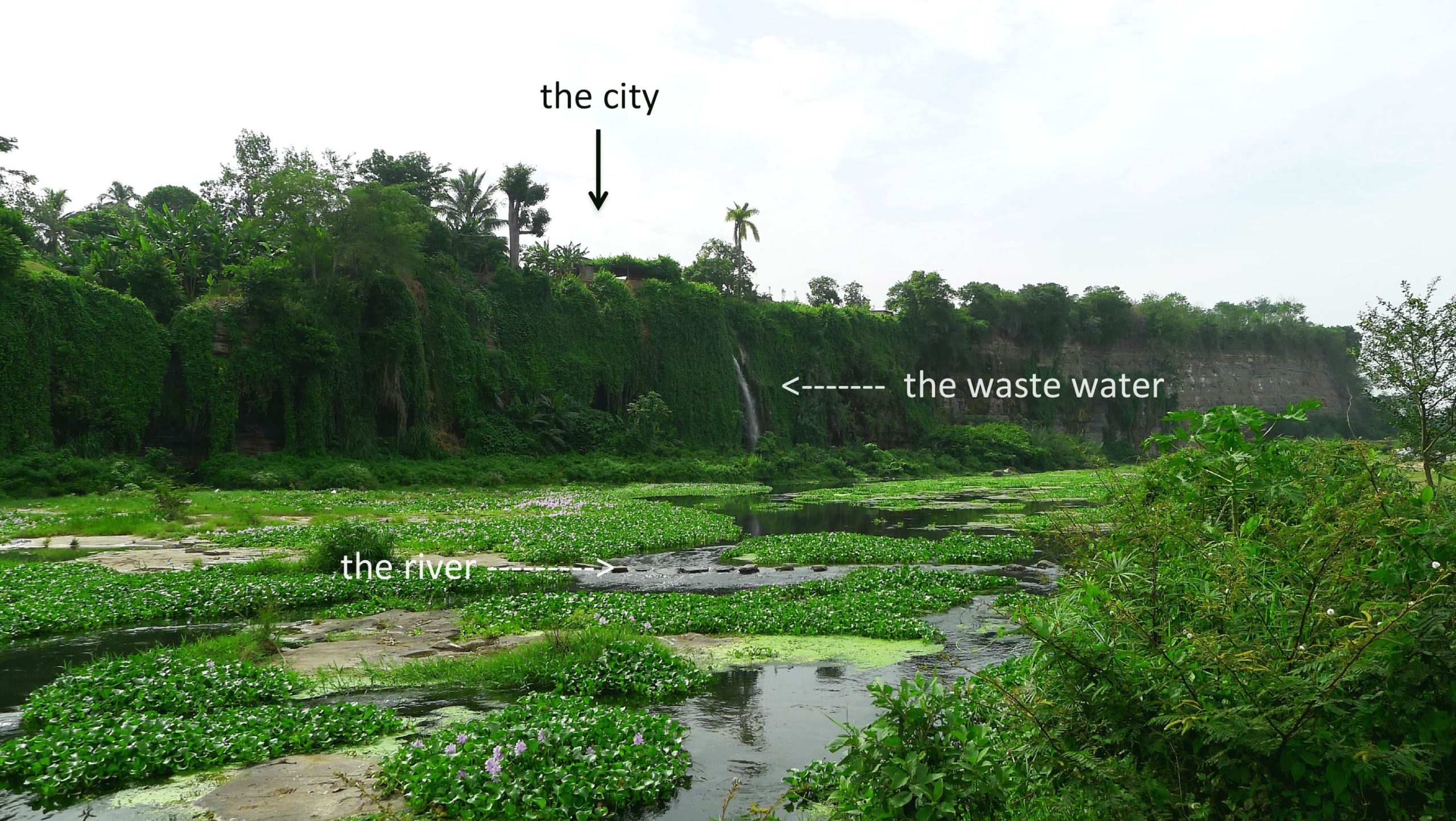
My work aims to balance environmental and human needs through a natural wastewater treatment plan for Palma Soriano, improving both water quality and community life. The master plan demonstrates the importance of integrating human uses with water resources.
Palma Soriano, the largest city in the Cauto watershed with 124,000 inhabitants, directly discharges wastewater into the Cauto River, degrading the ecosystem. The Afro-Haitian community has sought international support to address this issue. This project provides an opportunity to develop solutions that integrate social and environmental concerns, bridging the gap between humans and nature, recognizing both economic and intrinsic values of the natural world.
Raw sewage from Cauto River urban settlements flows directly into the river, contaminating the only water source for Palma Soriano. This cycle of pollution is exacerbated by a small dam that retains the contaminated water, which is then pumped back to the city for consumption.
The polluted drinking water has led to widespread health issues, including disease outbreaks and, in some cases, fatalities. Residents often resort to boiling water for safe consumption, relying on wood from the riparian forest for fuel. This practice, combined with intensive agricultural production, has resulted in severe deforestation along the Cauto River’s borders.
The environmental impact is multifaceted:
- Increased sediment input and ecosystem degradation due to deforestation
- Unsafe conditions for traditional river activities like swimming, fishing, and food collection
- Threat to both public health and the surrounding ecosystem’s integrity.
This research project focuses on three key questions: (a)How to integrate human water use into healthy, ecological water cycles?(b) How to improve water quality in underserved communities through active local participation? (c) How to preserve the strong cultural ties between communities and their native environments?
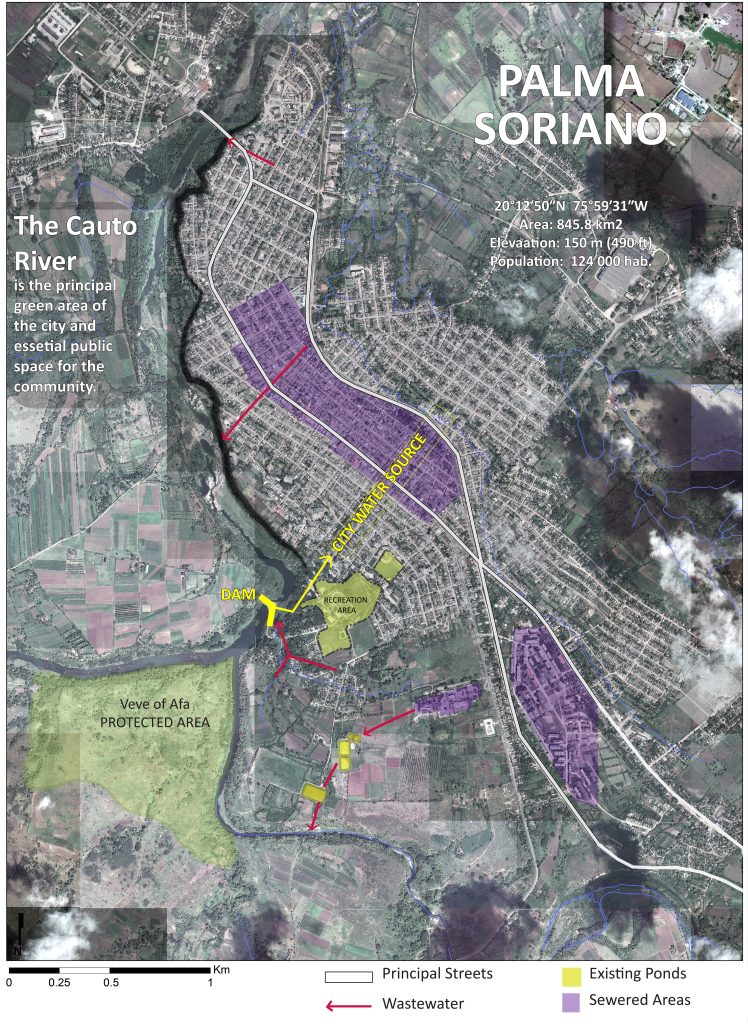
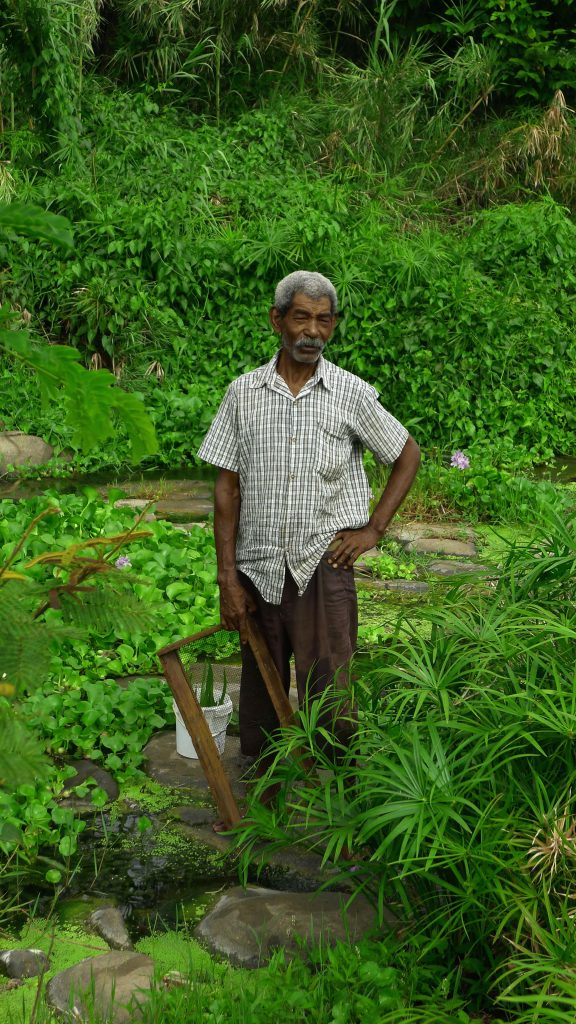
These inquiries guide the development of water management solutions that balance human needs with environmental sustainability, while honoring local cultural traditions.
The proposed wastewater treatment project addresses water pollution and its associated problems by following a holistic integrated-based ecological approach consistent with the cultural identity and values of the local community. The project proposes a natural cycle using the sun, gravity, plant life and fisheries as elements to clean the water.
The final outcome is a master plan, which includes a natural wastewater treatment, the river riparian vegetation restoration and the development of access to a new a public space on the border of the Cauto River.
At the same time the proposal articulates a toolbox solution of educational, and community involvement strategies that can be applied in other case studies where local communities and ecological water restoration are an issue.
The toolbox of Water treatment Solutions includes: Waste Stabilization Ponds, Fish Pond, Free Water Surface Wetlands, Filtration Tree Area, and an Infrastructure for Public Space usage. The following master plan design is illustrated as a prototype and will integrate each of the elements of the toolbox.
The public wastewater treatment project empowers the local community with social environmental responsibility and provides them an opportunity to integrate urban agriculture and natural restoration of the borders of the Cauto by using recycled water for aquaculture, irrigation of fruit trees, and the restoration of the riparian forest of the river.
This project proposes to treat the discharge to the river with a natural water treatment facility in order to improve the quality of drinking water for the community and to mitigate the impacts of deforestation of the riparian forest.
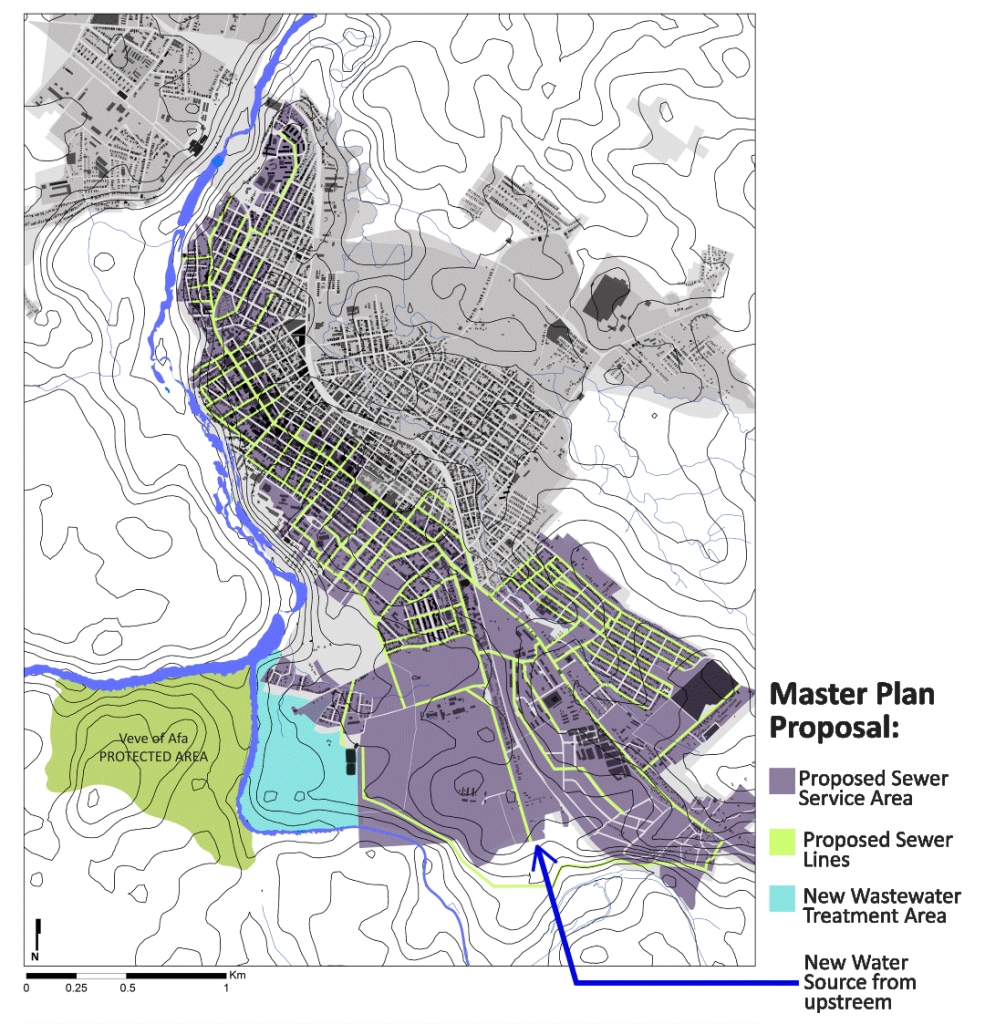
ADAPTING HUMAN WATER USES IN NATURAL CYCLES
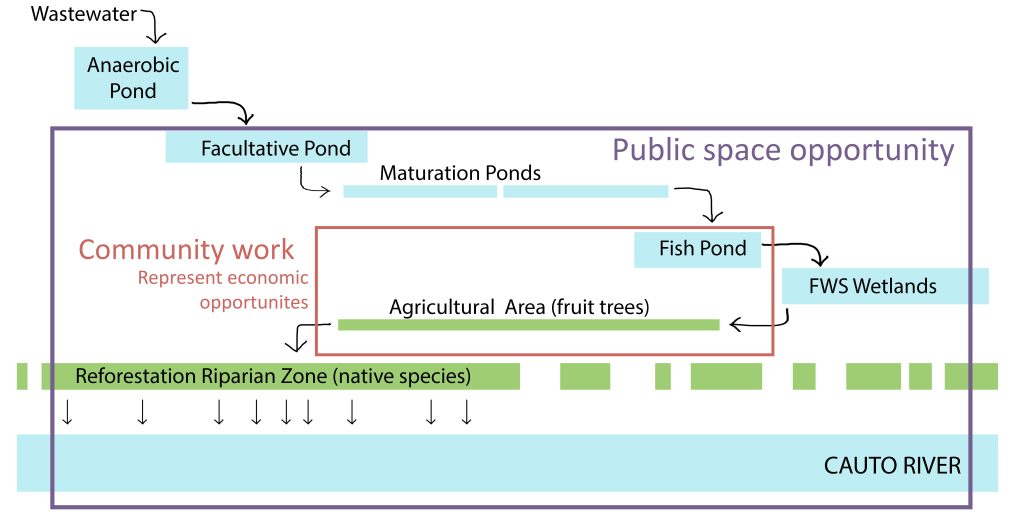
Our project aims to provide environmental education and community engagement opportunities, focusing on changing how we interact with our environment. We see the “end-of-the-pipe” conflict as a chance to tap into valuable resources, nutrients, and energy through agriculture, forestry, or other suitable technologies (Martinez-Alier et al., 2010).
Natural Water Treatment offers an alternative to traditional engineered approaches. It uses the same amount of energy as conventional systems but relies on natural sources like solar energy and gravity. These keep water moving and promote natural purification and decomposition processes (Marrero 2008).
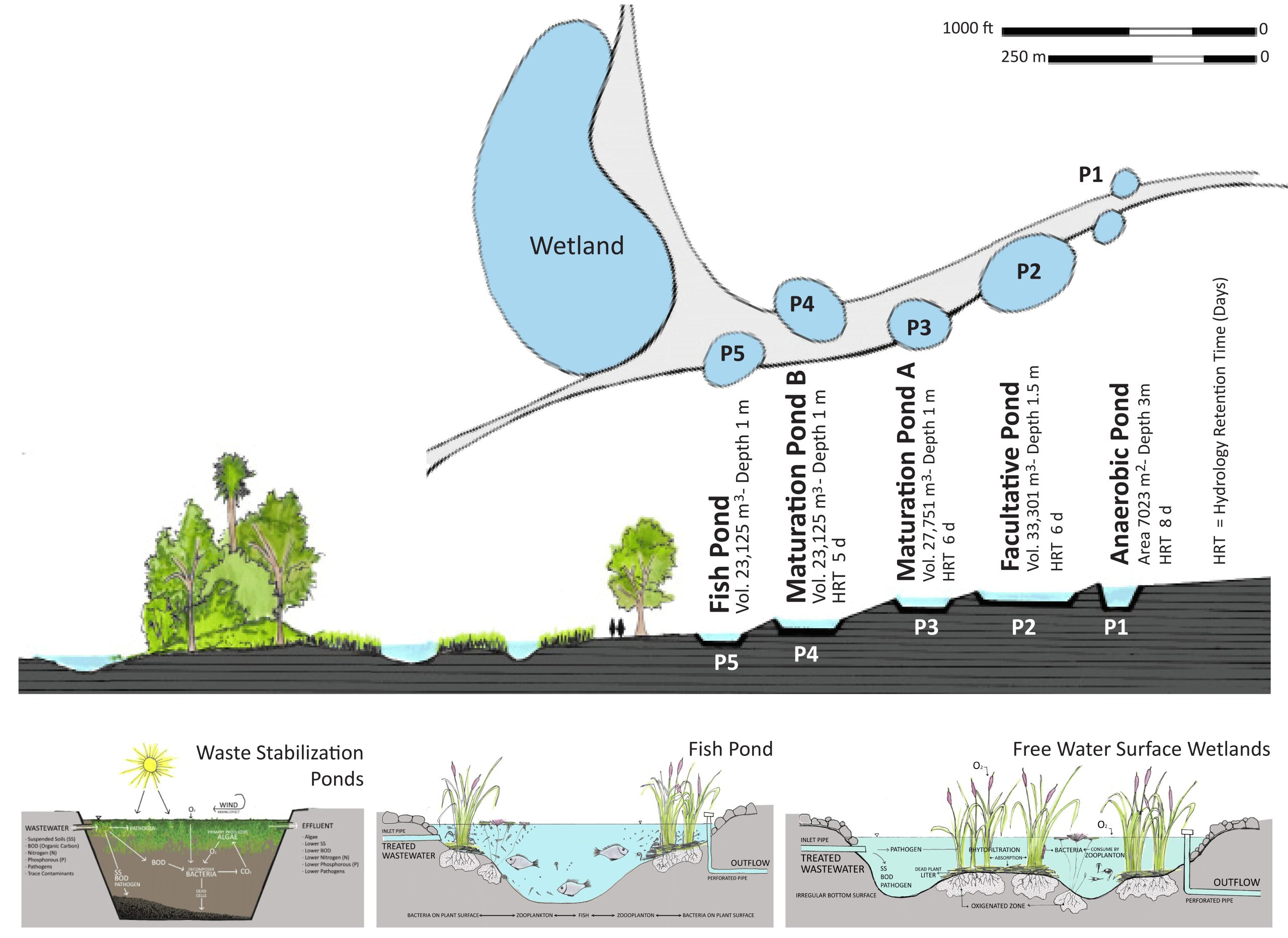
Wastewater treatment follows a three-stage process: primary removal of suspended matter and pathogens, secondary biological treatment separating solids from liquids, and tertiary filtration and disinfection for final purification. Wetlands serve as efficient natural water purifiers, transforming pollutants into harmless by-products or beneficial nutrients. This process informs our approach to integrating human activities with natural recycling systems.
In Palma Soriano, our comprehensive wastewater treatment plan aims to establish a new water cycle. Treated wastewater will be utilized for crop irrigation, soil restoration along the Cauto River, and reforestation of riverside areas.
Inspired by Carlo Petrini’s concept of food communities, we’re implementing a system of ponds and wetlands to treat municipal wastewater and rainwater. The purified water will support aquaculture, managed by the local community, providing both clean water and a sustainable food source.
This project exemplifies the integration of human activities with natural processes, addressing immediate environmental concerns while fostering community development and well-being. It represents a holistic approach to water management and ecological restoration.
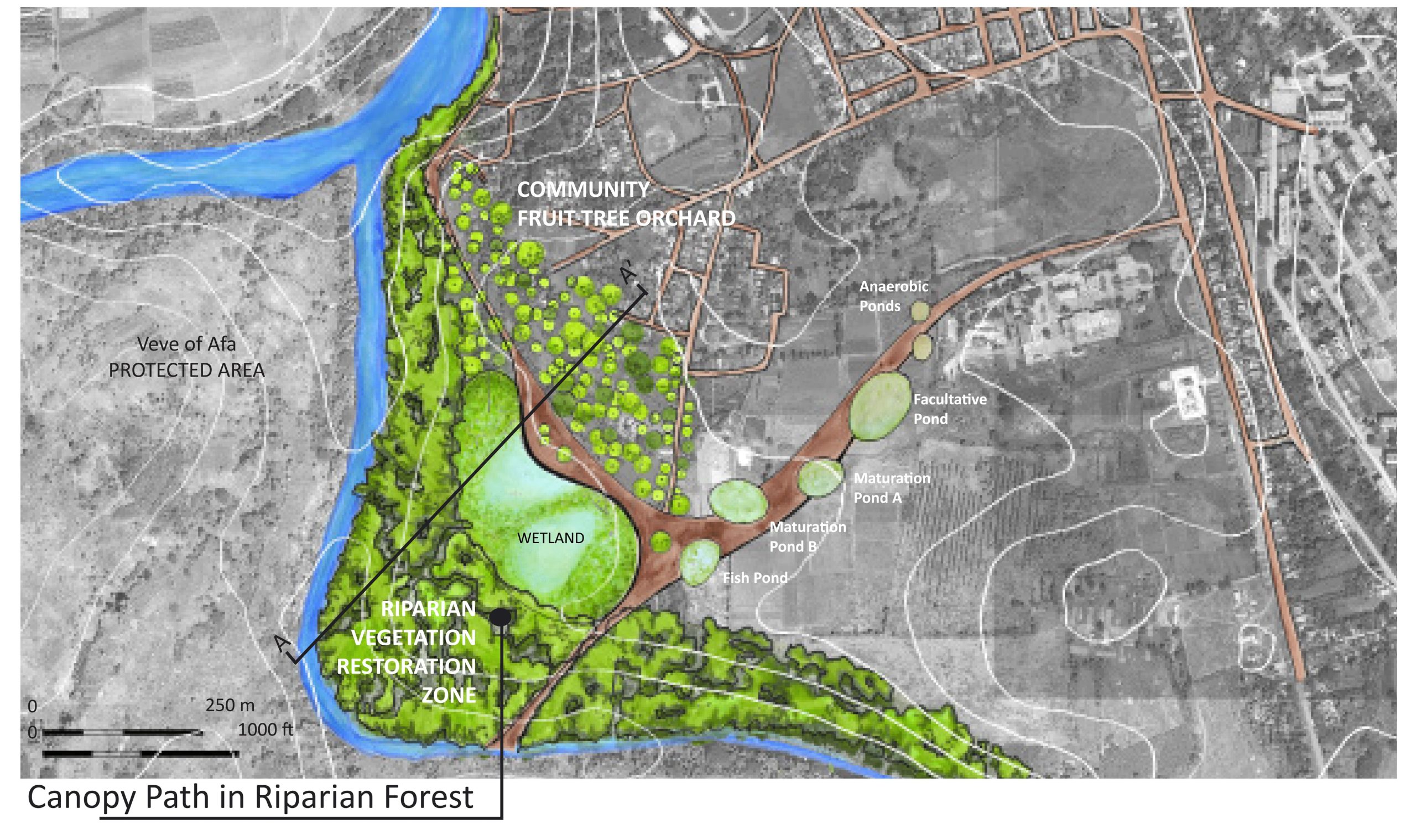
The master plan integrates a constructed wetland, designed with native Cuban species to support wildlife while treating wastewater. The wetland’s layout balances hydraulic functions with public engagement, encouraging community interaction with the treatment process.
Adjacent to the wetland, a community fruit orchard will utilize nutrient-rich effluent for irrigation, focusing on mango trees with potential for future sustainable business development.
A riparian vegetation restoration area along the Cauto River will create a natural buffer between urban and protected zones, featuring an accessible path for public use. Key to the project are public spaces and river access points, designed to foster community participation with both the treatment system and the surrounding ecosystem.
This multifaceted approach combines ecological restoration, sustainable agriculture, and community development, offering a comprehensive solution to wastewater management and environmental conservation.
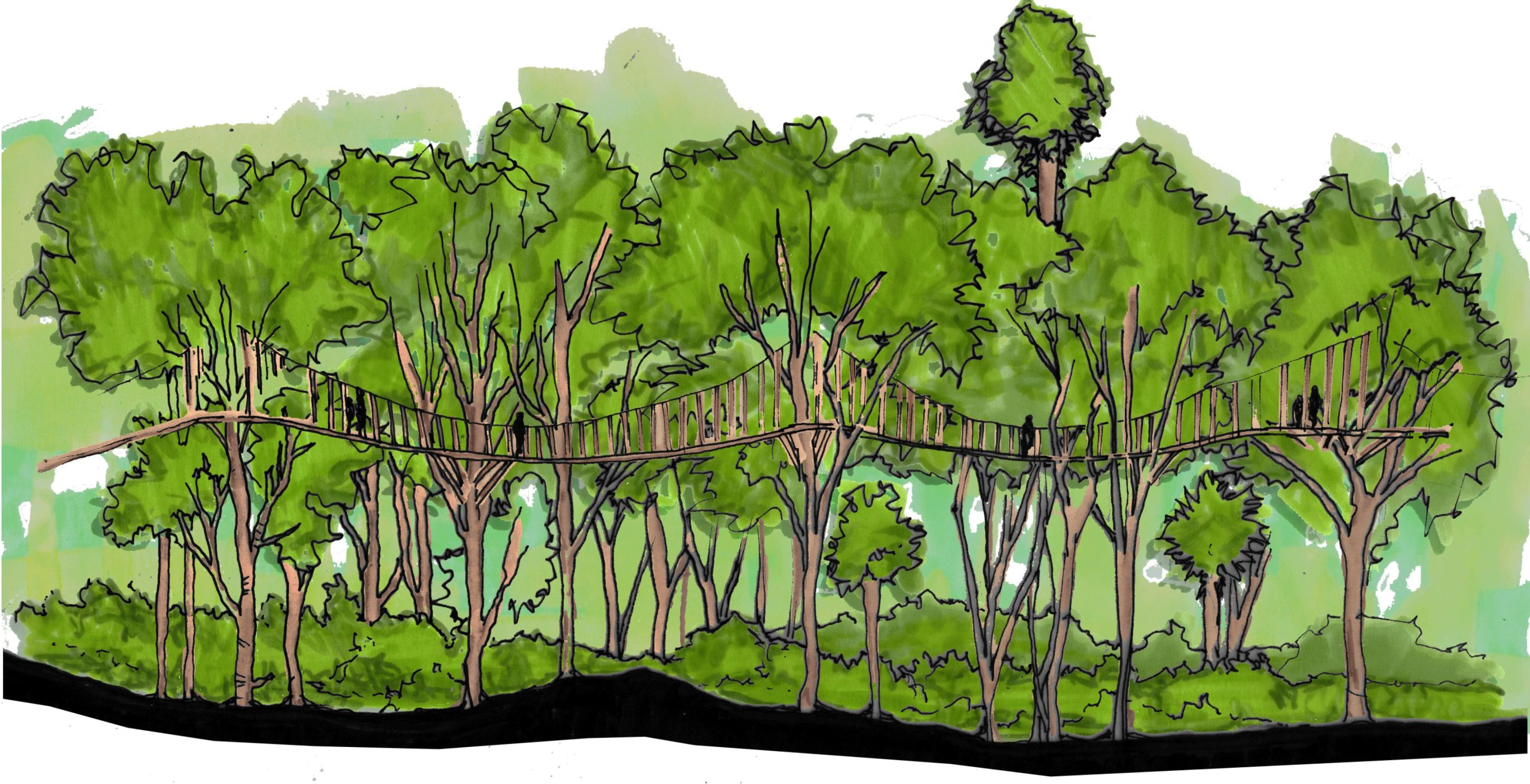
To promote native reforestation in the riparian zone, the proposal integrates an elevated pedestrian path to minimize disturbance of the tropical forest fertile ecosystem.
